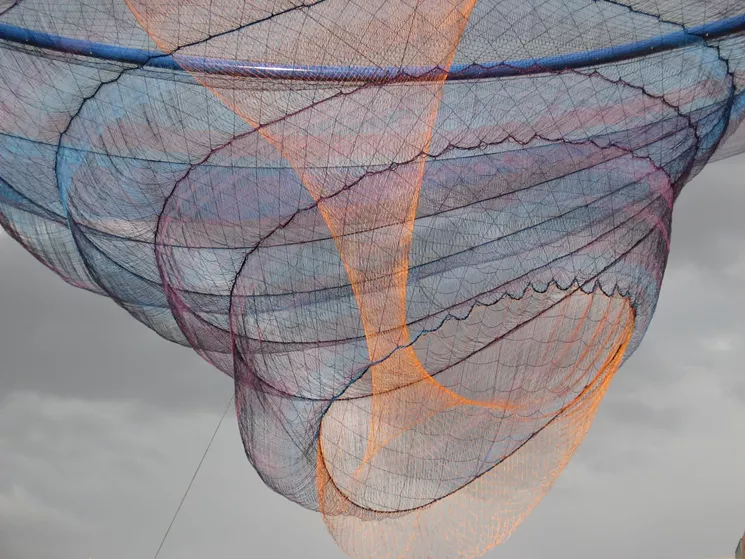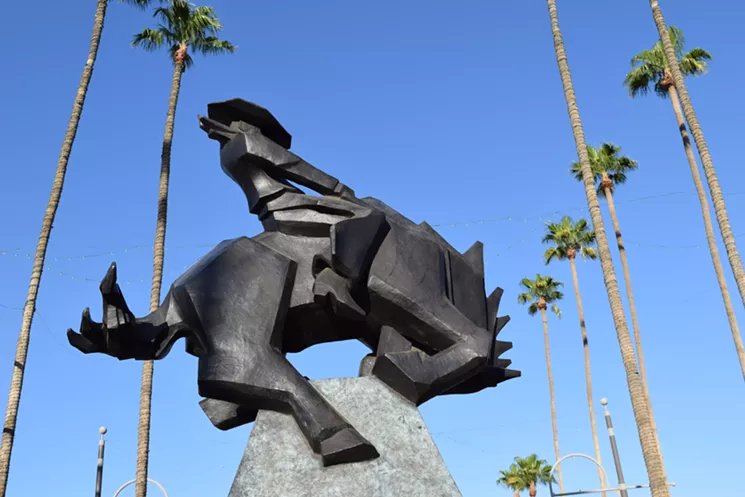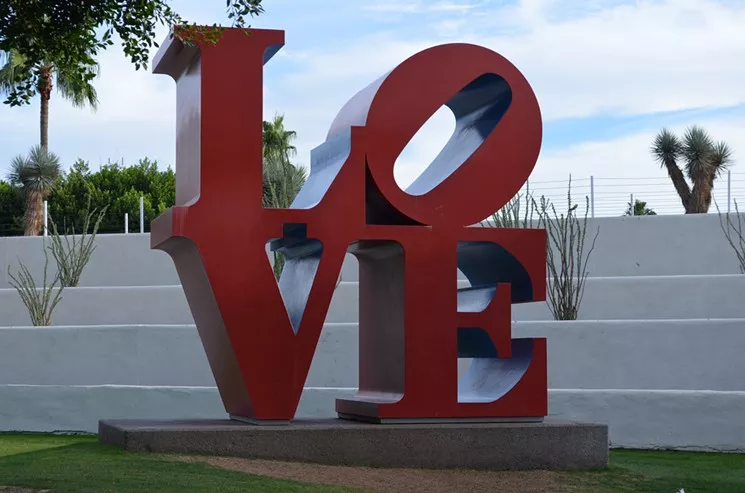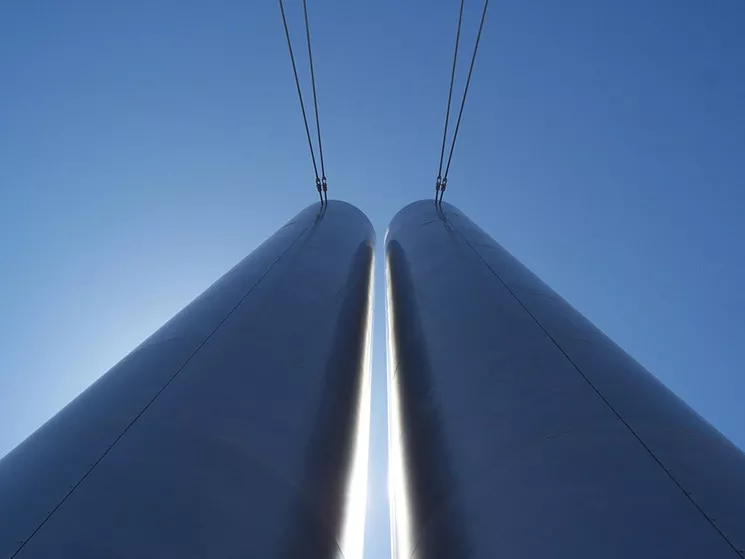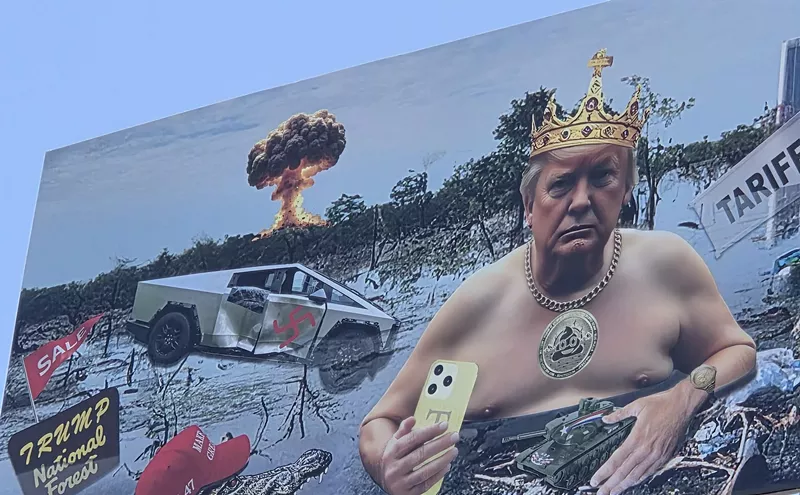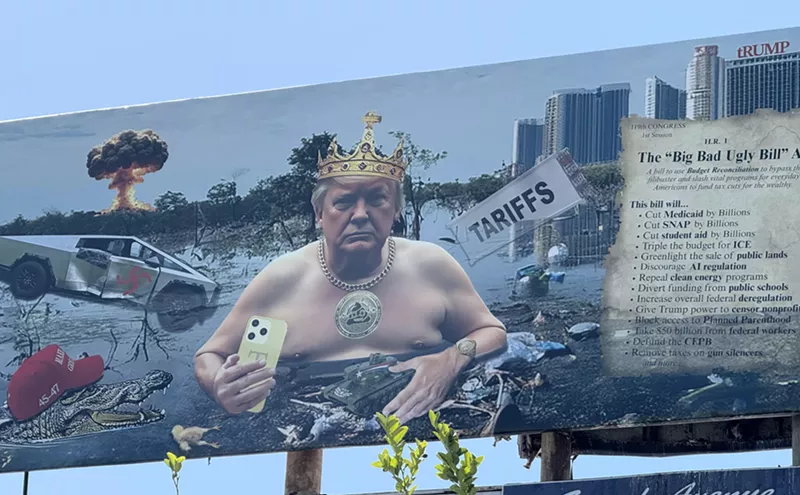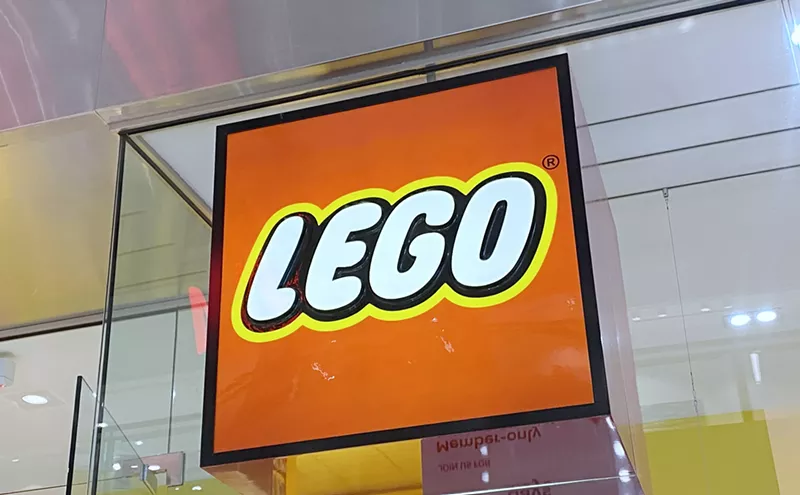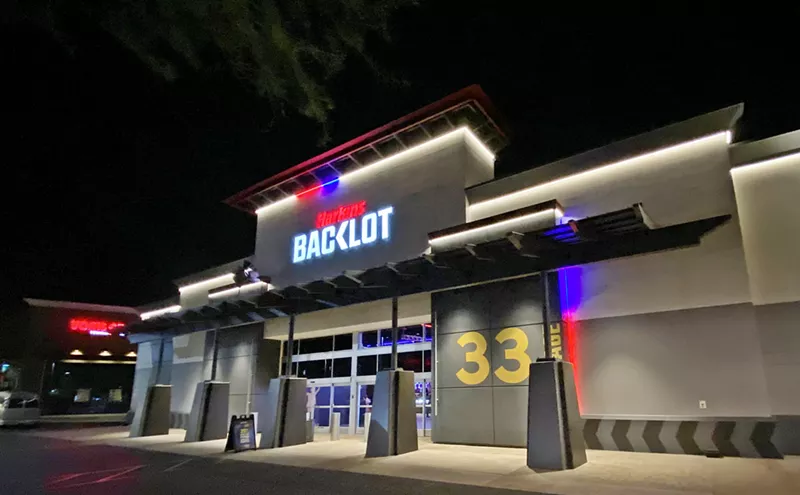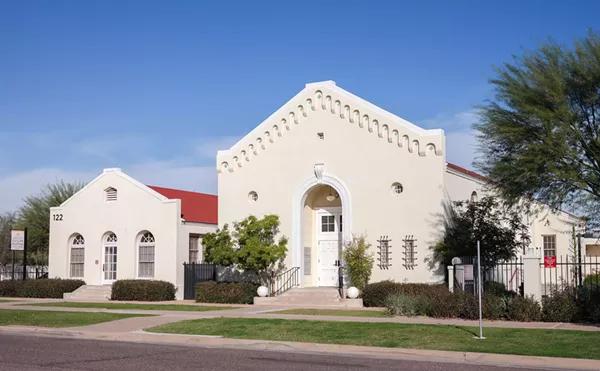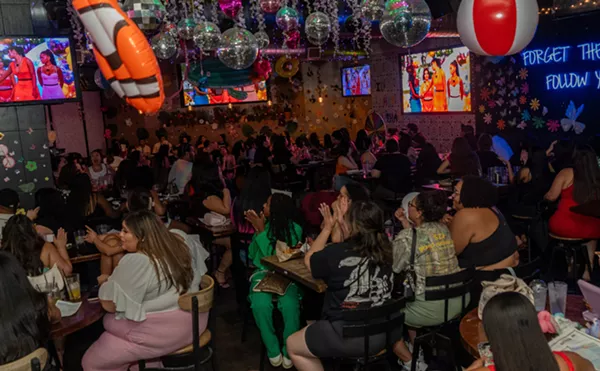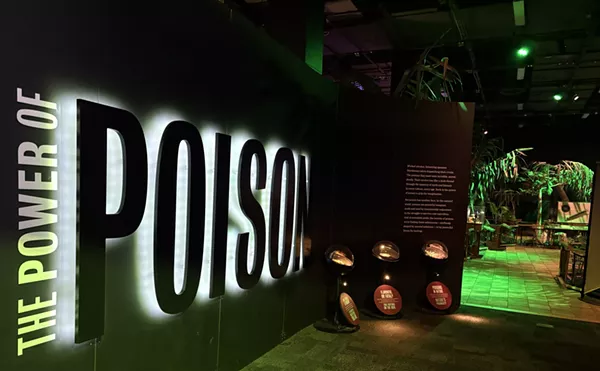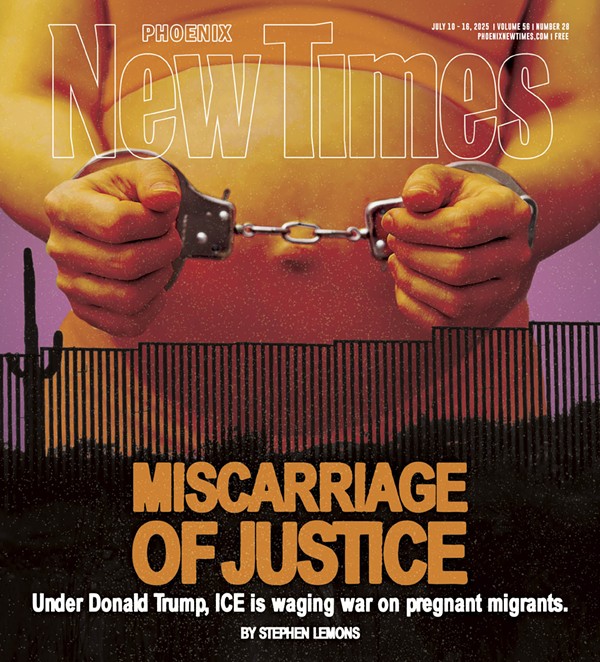We have the cure. Phoenix is filled with sculptures from the figurative to the abstract. Public art sculptures are especially prevalent in Phoenix and Scottsdale, which is where you can find some of the most iconic sculptures around. And you can view many of them from your car.
Air Apparent
James Turrell’s Air Apparent (2012) is one of the artist’s many skyspaces, which he defines as “a specifically proportioned chamber with an aperture in the ceiling open to the sky.” Located on Arizona State University’s Tempe campus, the skyspace was designed in collaboration with architect William P. Bruder and is set within a desert garden designed by landscape architect Christy Ten Eyck. Created with concrete and steel, the structure is described by ASU as “a contemporary interpretation of ancient Hohokam shade ramadas, pit houses,
Dance
John Waddell’s Dance (1974) comprises several nude figurative bronze sculptures — most depicting women in a variety of dance poses.
Halo
William Bennie and Kim Cridler’s Halo (2008), a steel conical ring of interwoven agave leaves,
Her Secret Is Patience
Janet Echelman’s Her Secret Is Patience (2009) comprises a vortex-shaped sculpture suspended 38 feet above Civic Space Park in downtown Phoenix. Inspired by Arizona’s monsoon cloud formations, as well as saguaro cactus features including blooms, the piece was created with polyester and steel. Its three-dimensional, multilayered form is situated within a framework of steel rings, cables, and poles. At night, the sculpture is illuminated with shades of blue and magenta, which gradually shift over time through various seasons.
Jack Knife
Ed Mell’s Jack Knife (1993) anchors the Marshall Way and Main Street intersection in the heart of downtown Scottsdale’s arts district. The bronze sculpture, which was the artist’s first large-scale work, depicts a rider atop a bucking horse — imagery which was inspired by the city’s official seal. The sculpture stands nearly eight feet high, serving as an important way finder for both tourists and locals. Mell notes that the sculpture’s angularity “accelerates the power and energy of the rider and horse” and demonstrates a “reverence for the Old West.”
Jurassic Age
Sui Jianguo’s Jurassic Age (2006), which is part of the Phoenix Art Museum collection, is situated atop a small lawn area near the museum’s main entrance. The artist set a large-scale red dinosaur, bearing the words “Made in China” on its belly, inside a cage — thus prompting reflection on globalization, commercialism, and limitations on freedom. The dinosaur, created with bronze, steel, and industrial paint, is one of the artist’s many works referencing mass-produced toys.
LOVE
Robert Indiana’s LOVE sculpture, created in many iterations between 1969 and 1999, has its roots in the Vietnam era. One of Indiana’s large-scale LOVE sculptures is located at Civic Center Mall in Scottsdale. Created with poly-chromed red and blue aluminum, the sculpture weighs 3,800 pounds. It measures 144 inches high and wide, and 72 inches deep. Indiana’s LOVE image has graced U.S. postage stamps and Museum of Modern Art Christmas cards. The Scottsdale sculpture is routinely used by locals and tourists as a background for snapping photographs.
Soleri Bridge and Plaza
The Soleri Bridge and Plaza (2011) is located at the Scottsdale Waterfront. The bridge is anchored by two 64-foot
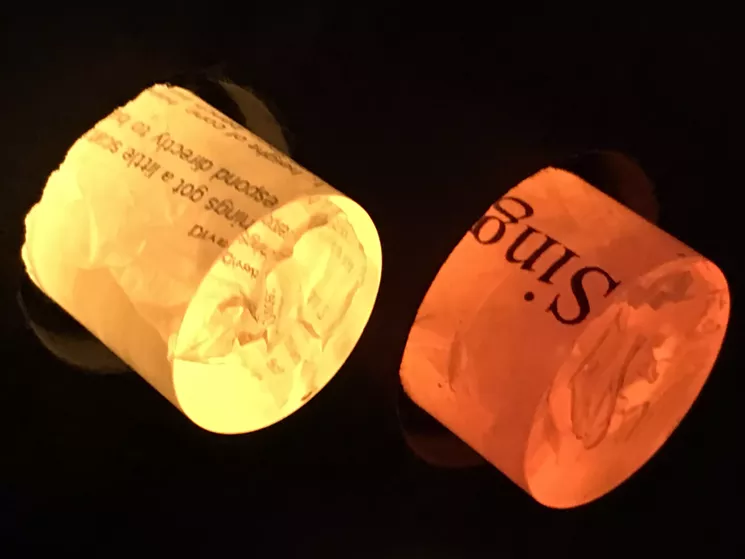
trueNorth (detail) by Mayme Kratz and Mark Ryan for Tempe Public Art, located at Tempe Center for the Arts.
Lynn Trimble
trueNorth
Mayme Kratz and Mark Ryan’s
Editor's note: This list has been updated from its original version, which first appeared in November 2015.


